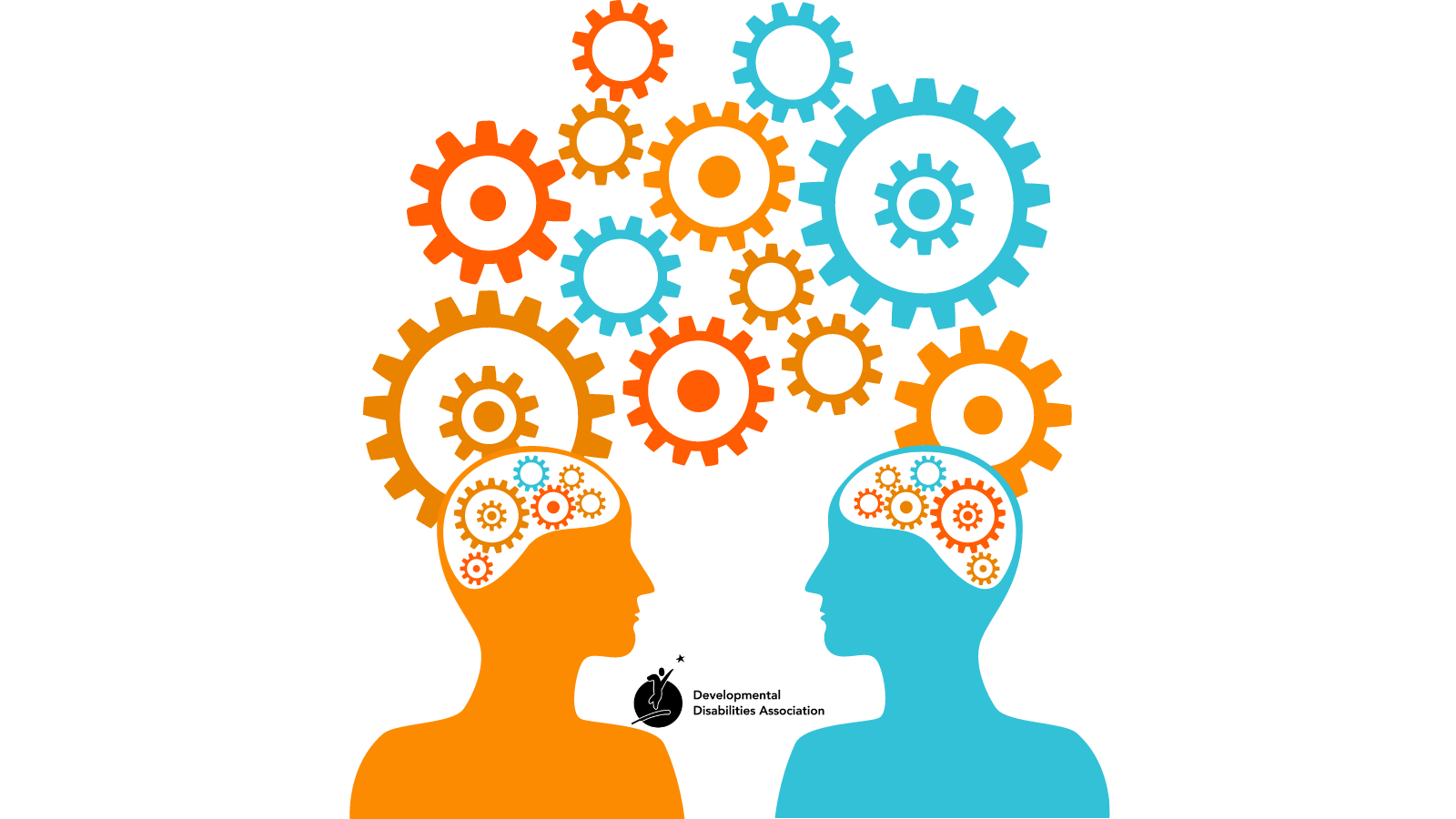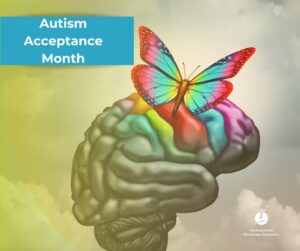Neurodiversity is a concept that celebrates the natural variation in human neurological function. Just as biodiversity enriches our ecosystems, neurodiversity enriches our society, offering a spectrum of perspectives, talents, and experiences. In layman’s terms…every brain is different! Let’s embark on a journey to explore the diverse landscape of neurodiversity, shedding light on the different types of neurodivergence and the unique strengths and challenges they bring. It’s important to understand that none of the conditions mentioned have anything to do with lower intelligence, quite the opposite.
Autism Spectrum Disorder (ASD):
Autism, perhaps one of the most well-known forms of neurodiversity, is a developmental disorder characterized by difficulties in social interaction, communication, and repetitive behaviors. People with ASD may also have different ways of learning, moving, or paying attention. Many employers these days are starting to recognize the value of hiring autistic staff members. They bring a unique perspective and ability to think outside the box. Many people with autism possess remarkable attention to detail, exceptional memory, and an ability to focus on tasks for long periods.
However, it’s crucial to recognize that autism is a spectrum, meaning individuals with ASD can have a wide range of abilities and challenges. Some may excel in the areas we mentioned, while others may struggle with sensory sensitivities or social cues.
Attention-Deficit/Hyperactivity Disorder (ADHD):
ADHD is another common neurodevelopmental disorder that affects both children and adults. Individuals with ADHD may experience difficulties with attention, impulse control, and hyperactivity. However, they may also possess remarkable energy, creativity, and out-of-the-box thinking.
Dyslexia/Dyscalculia:
Dyslexia is a learning disorder that affects reading and language processing. People with dyslexia may have trouble with reading fluency, decoding words, and spelling. Similarly, Dyscalculia affects a person’s ability with numbers or to do mental math. However, people with these traits often demonstrate strengths in areas such as problem-solving, spatial reasoning, and visual thinking.
Dyspraxia:
Dyspraxia, also known as developmental coordination disorder (DCD), is a condition that affects motor coordination and planning. Individuals with dyspraxia may struggle with tasks such as tying shoelaces, handwriting, or participating in sports. However, they may excel in creative endeavors, such as art, music, or design.
Tourette Syndrome:
Tourette syndrome is a neurological disorder characterized by repetitive, involuntary movements and vocalizations called tics. While tics can be disruptive and challenging to manage, individuals with Tourette syndrome often demonstrate resilience, humor, and creativity in navigating their condition. By fostering acceptance and understanding, we can create supportive communities where individuals with Tourette syndrome can feel empowered and valued.
Sensory Processing Disorder (SPD):
Sensory processing disorder involves challenges in processing and responding to sensory information. Individuals with SPD may experience hypersensitivity or hyposensitivity to daily life such as sights, sounds, tastes, or smells. By recognizing and accommodating sensory differences, we can create environments that are more inclusive and accessible to the neurodiverse community.
By embracing neurodiversity, we can move towards acceptance and appreciation of the unique perspectives and talents that neurodiverse individuals bring to our world. The truth is, we ALL might experience any one of these traits at different levels but it might not be diagnosable. Accepting that might be the reality, let us strive to create a society where everyone, regardless of their neurological differences, is valued, respected, and allowed to thrive.



